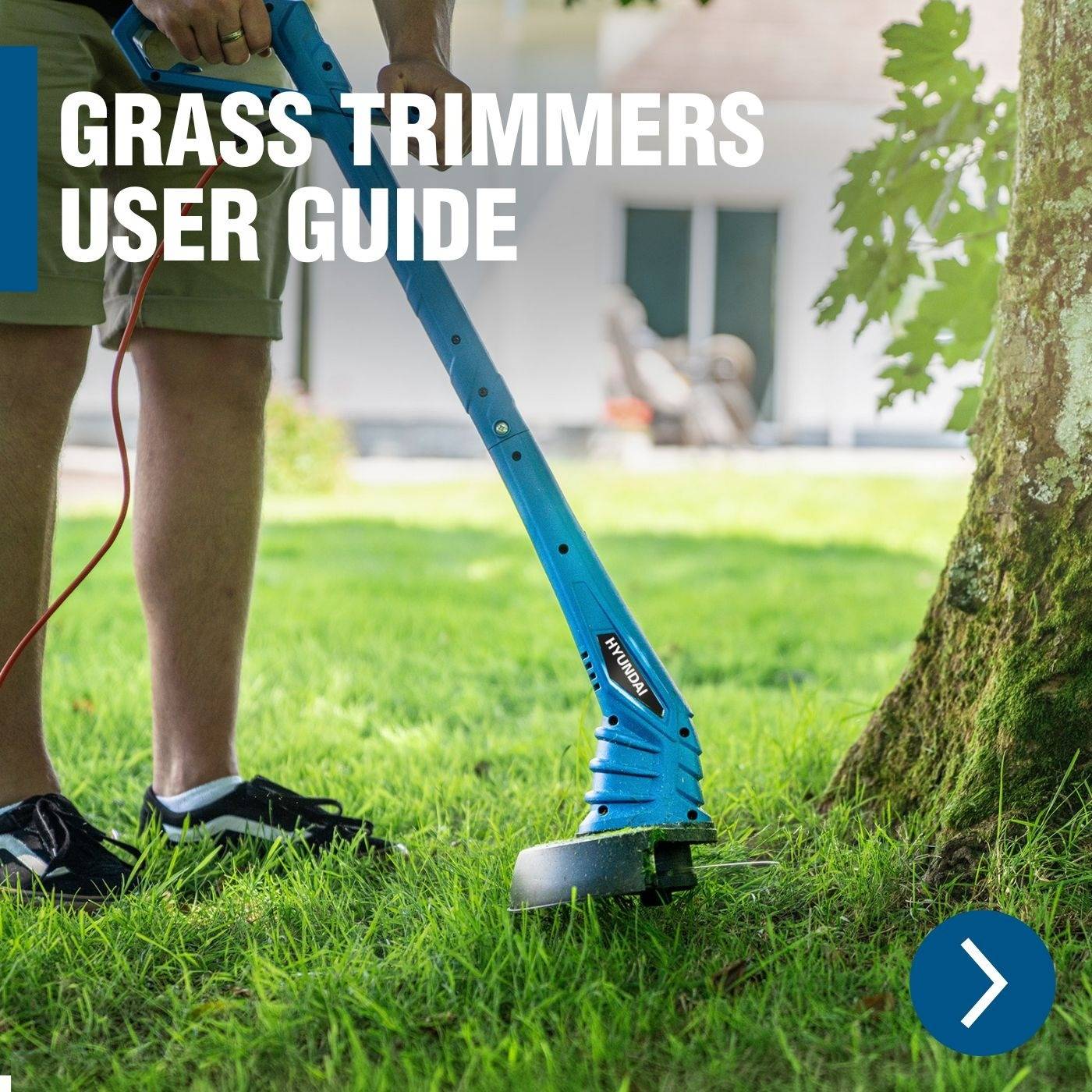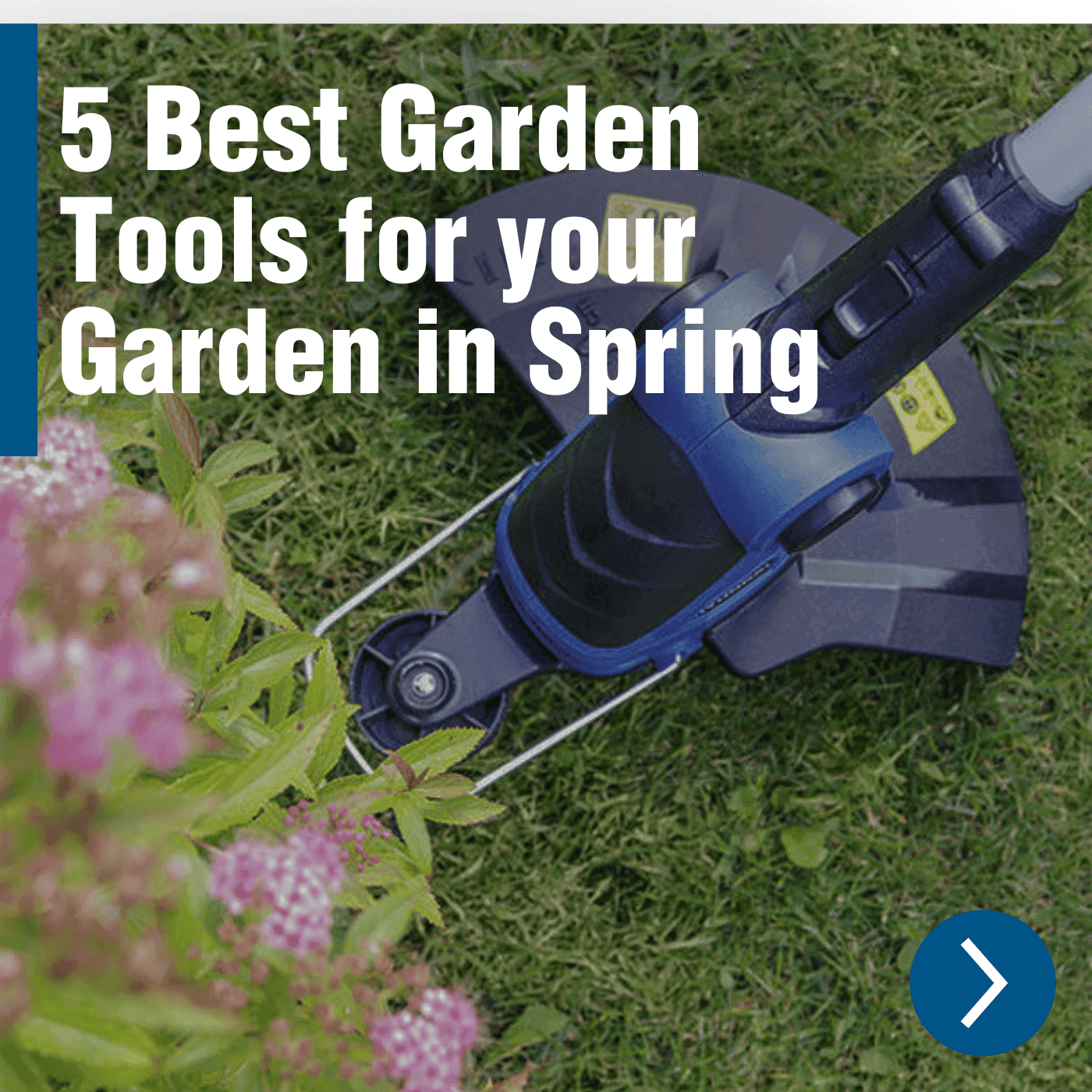How To Assemble a Chainsaw
Posted by Hyundai Power Products on 14th Nov 2024
How To Assemble a Chainsaw
Assembling a chainsaw might seem intimidating for beginners, but with the right guidance, it’s a straightforward process. Whether you’re a first-time user or simply looking to refresh your skills, learning how to assemble a chainsaw correctly is essential for safe and efficient operation. In this Hyundai Power Equipment guide, we’ll walk you through each step, so you’ll feel confident in setting up your chainsaw like a pro. Plus, we've added tips for safety and long-term maintenance to ensure the best performance from your Hyundai chainsaw.
How to Assemble Your Chainsaw?
Before diving into the assembly process, it’s crucial to understand why learning this skill matters. Chainsaw chains can loosen or wear over time, and knowing how to properly reattach or replace the chain is vital for optimal performance and safety. Whether you're a homeowner tackling tree maintenance or a professional handling heavy-duty tasks, mastering this skill will help prolong the life of your equipment and keep you safe during use.

Step-by-Step Guide to Assembling a Chainsaw
Step 1: Remove the Chain Brake and Bar Cover
Turn off the Chain Brake – Move the chain brake lever to the "off" position (closest to the handle). If left in the "on" position, the brake will be tight around the flywheel and can't be removed.
Remove Nuts – Loosen the two bolts on the chain brake and bar cover, remove the nuts, and set them aside in a safe place.
Detach the Cover – Pull the cover out and away from the chainsaw body.


Step 2: Attach the Bump Spike
Gather Required Parts – From the toolkit, locate the bump spike, two Allen bolts, and an Allen key.
Position the Bump Spike – Place the bump spike onto the chainsaw’s casing. Ensure the long sweeping curve of the spike faces upward.
Secure with Bolts – Start threading both Allen bolts into the tapped holes, then tighten fully to secure the spike in place.


Step 3: Install the Chain and Bar
Prepare the Chain – Ensure the chain's direction matches the chainsaw guide. Check the link direction using the symbol on the blade and wear gloves to avoid injury.
Place Chain on the Bar – Position the chain on the bar, making sure it aligns with the groove.
Position Bar and Chain on Chainsaw – Slide the bar onto the two bolts and tuck it beneath the clutch assembly.
Align the Chain on Drive Wheel – Carefully feed the chain around the drive wheel under the clutch assembly, then ensure it sits in the groove along the full length of the bar.


Step 4: Reattach the Chain Brake Cover
- Check Chain Brake Position – Confirm the chain brake is still in the "off" position.
Align the Adjuster Pin – Ensure the adjuster pin on the cover aligns with the slot on the bar. If necessary, adjust the pin by turning the adjustment screw.
Secure the Cover – Fit the cover over the two bolts, then loosely reattach the nuts. Ensure the bar remains loose to allow for chain adjustment.


Step 5: Adjust Chain Tension
Position Chainsaw on Support – Place the chain bar on a piece of wood to keep it steady and elevated, aligning the chain bar upwards.
Check Chain Alignment – Verify that the chain is seated in the groove all along the bar.
Turn the Adjustment Screw – Tighten the adjustment screw, which moves the chain up into the groove. Adjust until there’s minimal slack, allowing you to pull the chain slightly out of the groove without excessive looseness.
Tighten Nuts – Once the chain tension is set, fully tighten the nuts to secure the bar.



Step 6: Fuel and Lubricate the Chainsaw
Add Chain Lubricating Oil – Locate the filler cap near the chain end of the chainsaw. Remove the cap, fill the reservoir with specialized chain oil, and replace the cap securely.
Mix Fuel – Prepare a 40:1 fuel mix by combining unleaded petrol with semi-synthetic two-stroke oil. Use the provided measuring bottle to ensure accuracy.
Fill petrol to the "gas" line.
Top up with oil to the "oil" line, then shake the bottle to mix.
3. Add Fuel to Chainsaw – Unscrew the filler cap at the handle end, fill with the prepared fuel mix, and securely tighten the cap.



Step 7: Familiarise with Controls and Start the Chainsaw
Throttle and Safety – The throttle is positioned under a safety lever. Depress this lever to operate the throttle. Always keep the chain brake "on" unless ready to cut.
On/Off Switch – Set to the "on" position to start the chainsaw; switch it off to stop the engine.
Choke Lever and Primer Bulb – Use the choke lever and primer bulb to prime the engine when starting cold.



Safety Note: Always keep the chain brake engaged unless actively cutting. After initial use, re-check the chain tension as the chain may stretch slightly. Periodic tightening may be needed to maintain optimal tension.
Watch Adrian, our Hyundai Chindaw Epert Unbox and Assemble the HYundai HYC6200X Petriol Chainsaw
Additional Tips for Chainsaw Maintenance
Regular Chain Adjustment: Chains naturally stretch over time, so it's important to check the tension before each use. An overly tight or loose chain can cause unnecessary wear, which may reduce the life of both the chain and guide bar.
Lubrication: Chainsaws rely on proper lubrication to function efficiently. Always check the oil reservoir before using your chainsaw, and ensure you’re using high-quality chainsaw oil for the best results.
Chain Sharpening: A dull chain can cause the chainsaw to work harder than necessary, which not only reduces performance but also increases fuel consumption and wear on the motor. Sharpen your chain regularly to maintain peak cutting performance.
Troubleshooting Chain Issues
Choose the Right Chainsaw for Your Needs
Final Thoughts
With a bit of practice, assembling a chainsaw can become second nature. By following these steps and maintaining your equipment regularly, you’ll ensure your chainsaw delivers optimal performance every time. Always remember that safety comes first—take your time, use the proper safety gear, and don’t hesitate to reach out for help if needed.
For more expert tips on chainsaw maintenance and operation, explore the Hyundai Power Equipment blog, or contact our team for personalized assistance.
Stay Sharp & Stay Safe!
Always follow manufacturer guidelines and government safety regulations when using power tools.
Discover more chainsaw tips and advice in our knowledge base >
Sign-up to our newsletters for more top-tips, gardening guides and offers for Hyundai Power Equipment.
We hope you’ve found these tips helpful and remember: if you need any further advice, our team of experts is on-hand to help you, so just get in touch!
If you have any questions please visit www.hyundaisupport.co.uk. For expert advice or any questions you may have, you can give us a call on 01646 687880, fill out the contact form here or drop us a message on any of our social media pages - Facebook, Instagram or X.com

 Expert Advice and Aftersales
Expert Advice and Aftersales Free UK Delivery*
Free UK Delivery*

